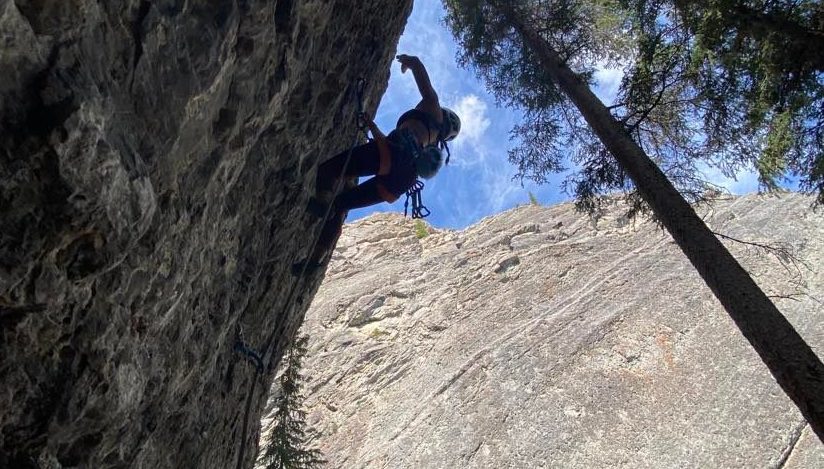When to Replace Your Harness and Helmet
While there's no exact time when you should replace your helmet and harness, here are some things to consider

The spring rock season is here. Over the past few seasons, your climbing gear has likely been sitting in a bin, getting beat up at a climbing gym or abused on the ice. Either way, it’s a good idea to take the time to inspect all of your equipment before heading to the crag.
From ropes and harnesses to climbing shoes and quickdraws, the climber’s rack can be light and minimal, but every piece plays an important role in keeping you safe. While some climbers like to use their gear until it nearly falls apart, remember that everything has a limited life span and replacing old or damaged gear should be a priority. If you’re climbing with a new partner, be sure to inspect their rack and rope before heading up.
Harness: Deciding when to replace your harness can be a difficult thing because its lifetime depends on a number of factors, such as the climbing style, and location. Companies suggest lifetimes from one to 10 years, depending on the brand and year of production. Some things that can affect the strength of a harness including: abrasion, cuts, wear, falls, heat, UV rays and corrosives. There are five things to keep in mind about your harness. Are there signs of wear and tear? How often do you use it? How hard do you use it? Where have you been using it? Where do you store it? Times that you want to replace it: any holes or rips in the material or material is burned or singed, heavy abrasion to the webbing or torn threads, bar tacks are showing wear, buckles are damaged in any way, webbing is faded from UV rays, after a sever fall (even it not obviously damaged), if there is any doubt about its dependability. Tip: If one or both gear loops sit too far back, your harness is too small. Having the right fit is always important for safety and comfort.
Helmet: The plastic and foam used to make a helmet weakens and breaks down over time from ultraviolet rays and use. Petzl recommends replacing your helmet no later than 10 years after the manufacturing date, less for light-weight helmets. The more you climb with your helmet, the sooner it will need to be retired. Always replace your helmet after a significant impact, if the buckles don’t work, if pieces are missing or it does not fit well. Inspect it on the regular, looking for cracks, dents or damage. Don’t sit on your helmet at the crag and keep it hidden from sun exposure unless you’re wearing it. Helmets save lives every year, so get in the habit of wearing them. Tip: Use the helmet best suited for your activities: hardshell for ice climbing, shelled foam for cragging.


